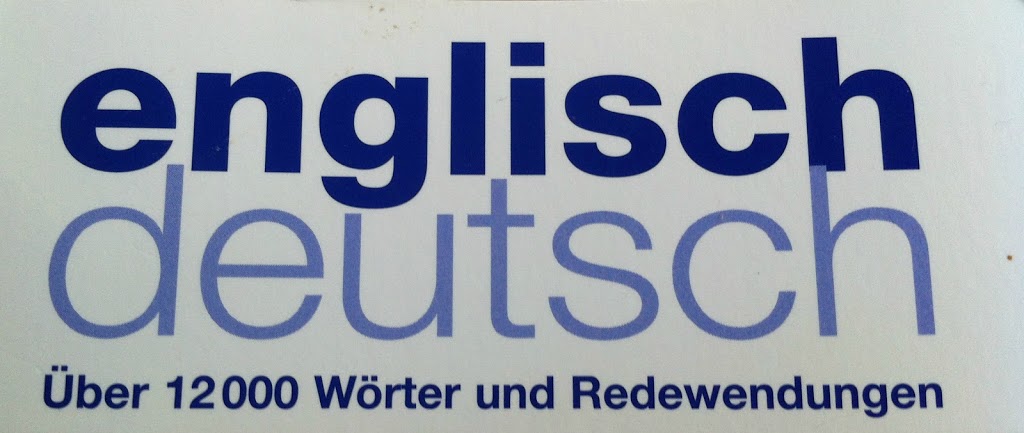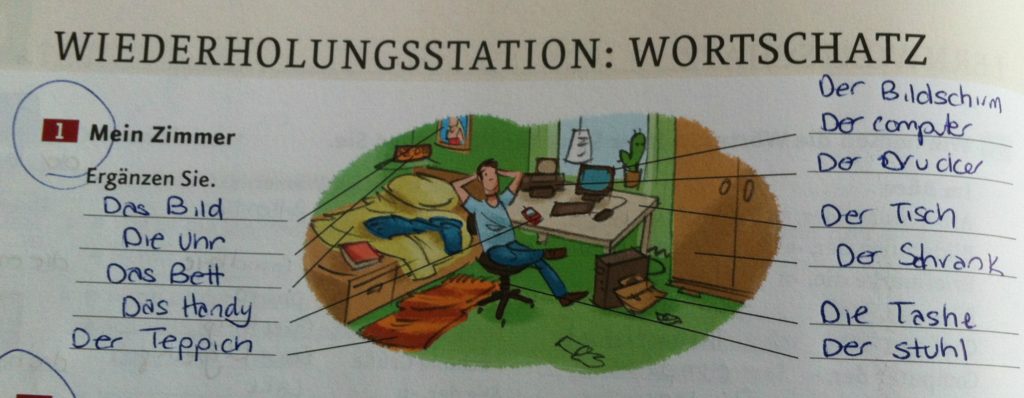Recently people have been asking me how my German lessons are coming along, so I thought I’d give you the real story.
German isn’t the hardest language to learn, but it isn’t the easiest either. Why? Because everything has to be classified as male or female.
Yes, that’s right. All nouns have an article that precedes the word. In English we use ‘the’ (eg. the couch, the table). In German, they like to mess with your head. Instead of saying ‘the’, a noun is classified as masculine (Der), feminine (Die) or neutral (Das).
When you learn the word for something, you also have to know whether it is male, female or neutral.
What the?!
All this has got me thinking. Why does something need to be classified? And who gets to decide this? Is there a man (or woman or neutral person?) sitting in an ivory tower somewhere making this decision?
And what happens when you invent something – do you have to make an appointment with the powers that be to decide how to classify your invention? What determines if your invention is more male than female?
Turns out that 46% of German nouns are feminine, 34% are masculine and 20% neutral (when in doubt, guess feminine).
There are of course some patterns, but like most of the German grammatical rules, there are exceptions. Most rivers are masculine…except German rivers. German rivers are all feminine. Most alcohol is masculine…except beer. Beer is neutral.
Then you have knife (neutral), spoon (masculine) and fork (feminine).
No logic. Ever.



